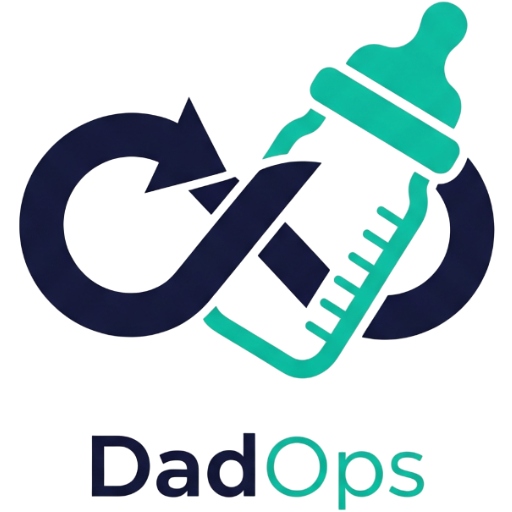Troubleshooting Log
Title: Bug Report: Investigating High-Severity Colic and Proven Hotfix Strategies
Priority: P0
Severity: Critical
Logged By: DadOps Engineering | On-Call Rotation 03:00 – 05:00 | Build 0.0.8 (8 Weeks Old)
🧪 Symptoms / Error Logs
Log Entries:
[18:12] severity=HIGH; type=CRYING_UNEXPECTED; duration=>180min; trigger=UNKNOWN
[18:40] facial_color=RED; fists=CLENCHED; legs=PULLED_IN
[19:01] soothing_attempt=FAIL; retries=∞
[20:00] caregiver_status=FRAZZLED; emotional_load=95%
Description:
System (baby) enters unresponsive state to standard comfort commands. Crying loop is intense, persistent, and immune to most calming subroutines. Escalations peak in late-day windows and repeat with unpredictable cadence.
Impact:
- Caregiver uptime reduced below acceptable SLA thresholds.
- Mental and emotional CPU maxed out on both parental nodes.
- Spousal communication degraded to monosyllabic bug status reports.
- House ecosystem stability at risk without prompt intervention.
🔍 Root Cause Analysis (Under Investigation)
Full documentation on this bug is sparse, and the exact root cause is still under investigation by the core dev team (pediatricians). However, several theories are gaining traction across caregiver GitHub threads:
- Gastrointestinal Underdevelopment: Digestive pipeline not fully compiled. Gas bubbles create erratic pain interrupts.
- Sensory Buffer Overflow: Input queue (sight, sound, touch) may be exceeding system limits.
- Cognitive Overclocking: Brain activity spikes due to neurodevelopment patches being applied in real-time.
- Feedback Loops: Increased caregiver anxiety detected and mirrored by the infant system, amplifying error conditions.
Note: No reproducible correlation between feeding type and colic frequency confirmed in controlled environments.
🛠 Workarounds & Hotfixes
No permanent patch is available as of this writing. Known bug lifespan ranges from 6 to 12 weeks post-launch. The following hotfix commands are recommended:
📟 Soothing Stack Protocol (The “5 S’s” Subroutine)
sudo deploy-soothing-protocol --method=swaddle
sudo hold --position=side_or_stomach
run --de-escalation-routine "white_noise"
activate --motion=gentle_swinging
execute(pacifier.exe)
Deploy these in sequence or combine into a batch script for optimal throughput.
🔧 Mid-Term Configuration Tweaks
audit feeding.log --check gas_traps
adjust lighting --env=low_stim
schedule parental_handoff --interval=2hr
track crying_metrics >> colic_dashboard.csv
- Burp aggressively post-feed to prevent background gas processes from triggering runtime exceptions.
- Reduce overexposure to visual/audio stimuli near colic-prone time windows.
- Ensure at least one caregiver has REST access while the other is running the active support thread.
🧘 Parent Self-Care Subprocesses
apply noise_cancellation --mode=parent_only
print_reminder("This is temporary. You are not failing.")
load_backup: support_network[]
Don’t attempt to debug this alone. You’re managing an unstable early-stage OS. The problem is not you. This is part of the architecture.
✅ Resolution Notes
Colic is not a flaw in your parenting deployment. It’s an undocumented early-phase condition in new systems.
Most instances auto-resolve by Week 12 without long-term impact on system stability.
Continue logging. Run proven scripts. Monitor load on caregivers.
If symptoms persist past 16 weeks or escalate outside baseline, escalate to pediatric support tier.
Final Log Comment:
You’re doing great. Debugging is hard when the code screams back. But trust the process: your patch is holding.
—DadOps Engineering
“We monitor, we mitigate, we deploy love at scale.”
